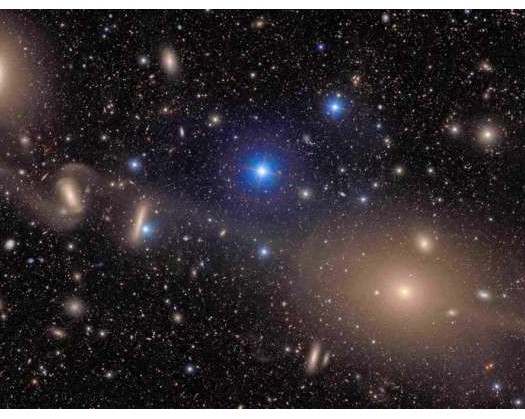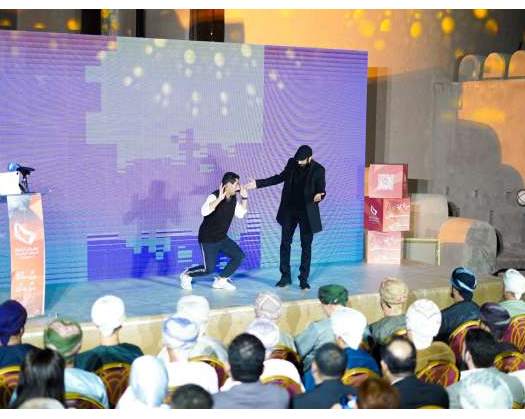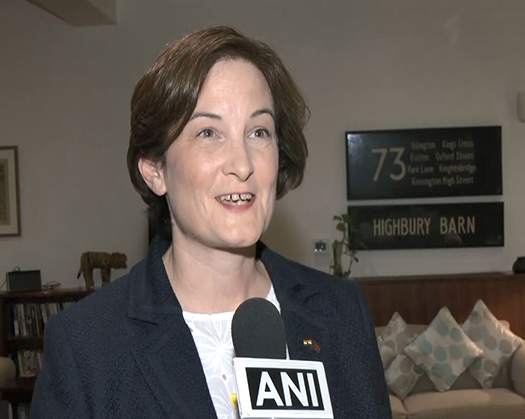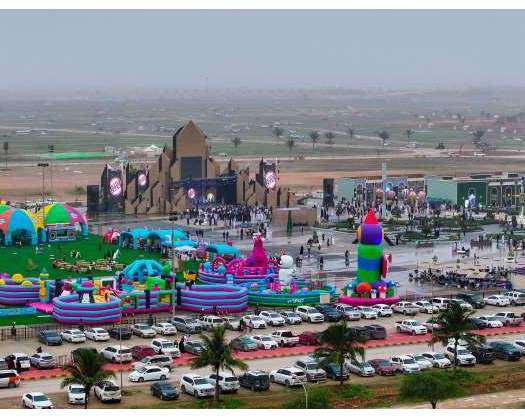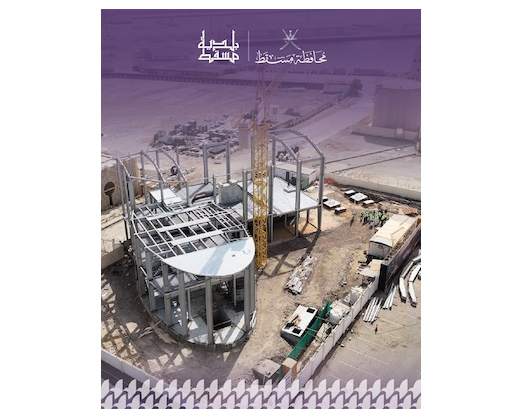Cerro Pachón: The Vera Rubin Observatory in Chile has released the first images of regions of our Milky Way as well as distant galaxies, capturing distant objects with unparalleled clarity.
The US-funded observatory, situated atop Cerro Pachon in central Chile, where the night sky is extremely clear and pollution-free, is outfitted with the world's biggest digital camera and an 8. 4-meter (27. 5-foot) telescope.
Images with unprecedented clarity
According to the observatory's website, the telescope and camera will capture detailed images of the southern hemisphere sky for ten years, covering the entire sky every few nights and creating an ultrawide, ultrahighdefinition, timelapse record — the largest astronomical movie of all time.
Among the initial images captured was a composite photograph of the Trifid Nebula and Lagoon Nebula, which was photographed over seven hours. Both nebulae, which are the birthplaces of stars, are located within our Milky Way galaxy, but they are several thousand light-years apart, and the photo reveals details never previously observed.
Another image captured the Virgo Cluster, which contains up to 2,000 galaxies.
A decade of scanning the night sky
The observatory, which took two decades to construct, will launch its flagship project — the Legacy Survey of Space and Time (LSST) — later this year. As part of this, it will conduct extremely detailed scans of the night sky every day for a decade.
Among other things, the observatory is being recognized for its ability to track asteroids and for detecting interstellar objects traveling through the solar system.
The observatory, which is a collaborative effort of the US National Science Foundation and Department of Energy, is named after pioneering American astronomer Vera C. Rubin (1928-2016).
Rubin's study on galaxy rotation rates presented the first compelling evidence for the existence of so-called dark matter, which some believe to be a factor keeping galaxies together in light of their swiftly spinning motion, which would otherwise cause them to break apart.

